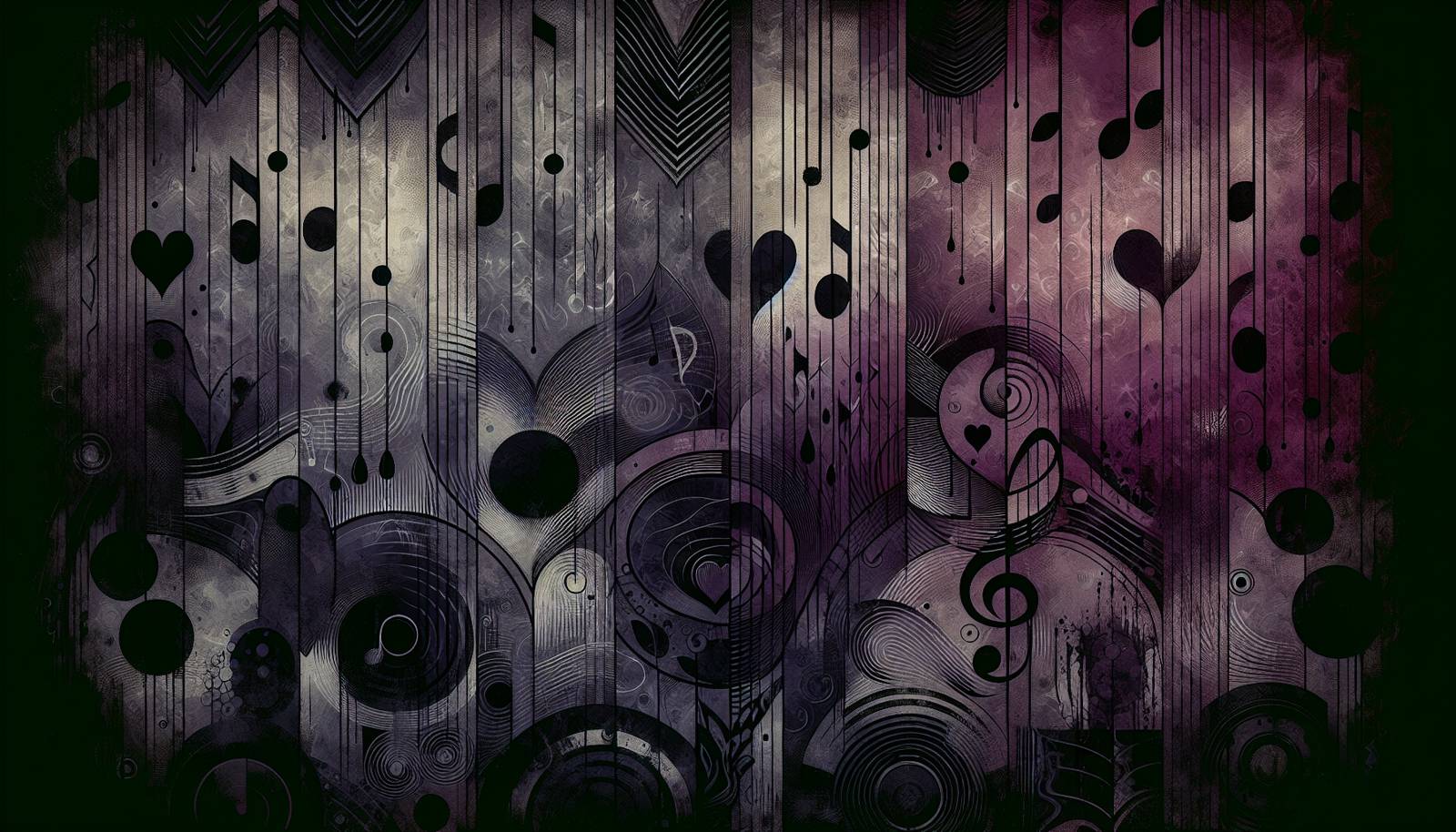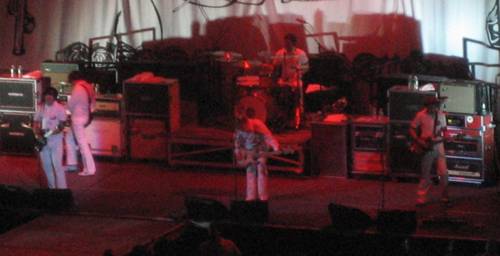
FAQ About The Role of Emo Music in Cultivating Subcultures

What is Emo music and how did it originate?
Emo music is a style of rock music characterized by expressive, often confessional, lyrics. It originated in the mid-1980s as a part of the hardcore punk movement in Washington, D.C. Bands like Rites of Spring and Embrace were among the pioneers, focusing on intense emotional expression in their music, which eventually evolved into the Emo genre.

How did Emo music influence fashion among youth?
Emo music significantly influenced fashion by promoting a distinct style that includes skinny jeans, tight T-shirts featuring band logos, studded belts, and sneakers or skate shoes. Hair styles often involve long bangs brushed to one side, dyed black or bright colors, symbolizing individuality and emotional depth, key elements of the Emo subculture.

What are some common themes in Emo music lyrics?
Emo music lyrics often explore themes such as heartbreak, loneliness, confusion, and introspection. The focus is on genuine emotional expression, tackling personal stories and mental health issues, making the music relatable to many youths feeling similar emotions.

How did the Emo subculture create a sense of community among its followers?
The Emo subculture fostered a sense of community through shared experiences and emotions conveyed by the music. Fans often found solace in the music and connected with others at concerts, online forums, and local meetups, creating supportive spaces where they could express themselves freely and authentically.

What role did online communities play in the Emo movement?
Online communities were pivotal in spreading the Emo movement, providing platforms like MySpace and LiveJournal where fans could share music, fashion tips, and personal stories. These communities helped connect individuals globally, further embedding Emo as a lifestyle and a shared emotional identity.

Can you name some influential Emo bands?
Some influential Emo bands include My Chemical Romance, Dashboard Confessional, Fall Out Boy, and Jimmy Eat World. These bands have been instrumental in popularizing Emo music and its associated culture, influencing both the sound and the lyrical content of the genre.

What is the connection between Emo music and mental health?
Emo music often addresses mental health issues openly, providing an outlet for emotional expression and helping listeners feel less isolated in their struggles. By vocalizing feelings of depression, anxiety, and anguish, the genre can contribute to reducing stigma and encouraging people to seek help and connect with others who understand their experiences.

How has Emo music evolved over time?
Emo music has evolved from its hardcore punk roots to include elements from indie rock, pop punk, and alternative rock. Over the years, it has diversified in sound while maintaining its core theme of emotional depth. Newer bands have also adapted Emo's aesthetic and thematic elements to incorporate more contemporary sounds and production styles.

What misconceptions exist about the Emo subculture?
A common misconception about the Emo subculture is that it promotes self-harm and glorifies depression. In reality, Emo emphasizes emotional authenticity and expression. While it often addresses darker themes, it aims to create understanding and empathy, not to glorify negative behavior.

How do Emo subculture fashion and music reinforce each other?
Emo subculture fashion and music are deeply interconnected, with the fashion reflecting the emotional intensity and individuality emphasized in the music. The style is a visual representation of the themes prevalent in Emo songs, reinforcing the subculture's emphasis on personal and emotional expression.

Is Emo music still relevant today?
Emo music continues to be relevant, with a resurgence of interest, often referred to as the "Emo revival." Newer artists reference or incorporate elements of classic Emo, while digital platforms allow both established and emerging bands to reach audiences who are rediscovering or newly discovering the genre.

How did live concerts contribute to the Emo subculture?
Live concerts played a crucial role in shaping the Emo subculture by providing spaces where fans could gather and experience their emotions collectively. These concerts were often intimate and energetic, fostering a sense of closeness among attendees who shared a deep connection to the music and each other.

What is the difference between Emo and Gothic subcultures?
While Emo and Gothic subcultures both embrace alternative styles and music, they differ in their core themes and expressions. Emo focuses on emotional expression and personal reflection often linked with the trials of adolescence, whereas Gothic culture centers more on themes of dark romanticism, mysticism, and the macabre.

How did Emo music influence other genres?
Emo music has influenced various other genres, including pop punk, indie rock, and alternative rock, by incorporating its emotional depth and lyrical introspection. Many bands from these genres have adopted Emo's signature style of blending intense personal expression with melodious instrumentation.

What role do Emo music videos play in expressing the subculture?
Emo music videos often visualize the emotion and narrative that characterize the genre's lyrics. They typically feature themes of heartache, solitude, and introspection, with a strong emphasis on visual storytelling that complements the music's emotional message. These videos contribute to shaping the subculture's identity and aesthetic.

How did the mainstream perception of Emo music change over time?
The mainstream perception of Emo music has shifted from viewing it as a niche, somewhat misunderstood genre to recognizing it as a significant cultural influence. Initially stigmatized for its emotional content, it gained broader acceptance and commercial success, solidifying its place in the music landscape.

How does Emo music encourage self-expression among youth?
Emo music encourages self-expression by providing a means to explore and articulate intense personal emotions through its confessional lyrics. This openness fosters a safe space for youths to express vulnerability and individuality, allowing them to connect with music that reflects their inner experiences.

What impact did Emo music have on identity formation during adolescence?
Emo music plays an influential role in identity formation for adolescents by resonating with their quest for self-understanding and acceptance. The themes of authenticity and emotional expression empower youth to explore their identities and foster a sense of belonging within the subculture.

How did the popularity of Emo music affect the music industry?
The popularity of Emo music significantly impacted the music industry by increasing the visibility of alternative rock genres. Record labels sought to sign Emo bands due to their growing fanbase, leading to increased media exposure, diverse musical influences, and greater experimentation within the industry.

How does the Emo subculture differ geographically?
While the core elements of the Emo subculture are consistent globally, geographical differences can influence the subculture's music and fashion. Regional musical influences, cultural norms, and available resources can lead to variations in how the subculture is expressed and perceived in different places.
